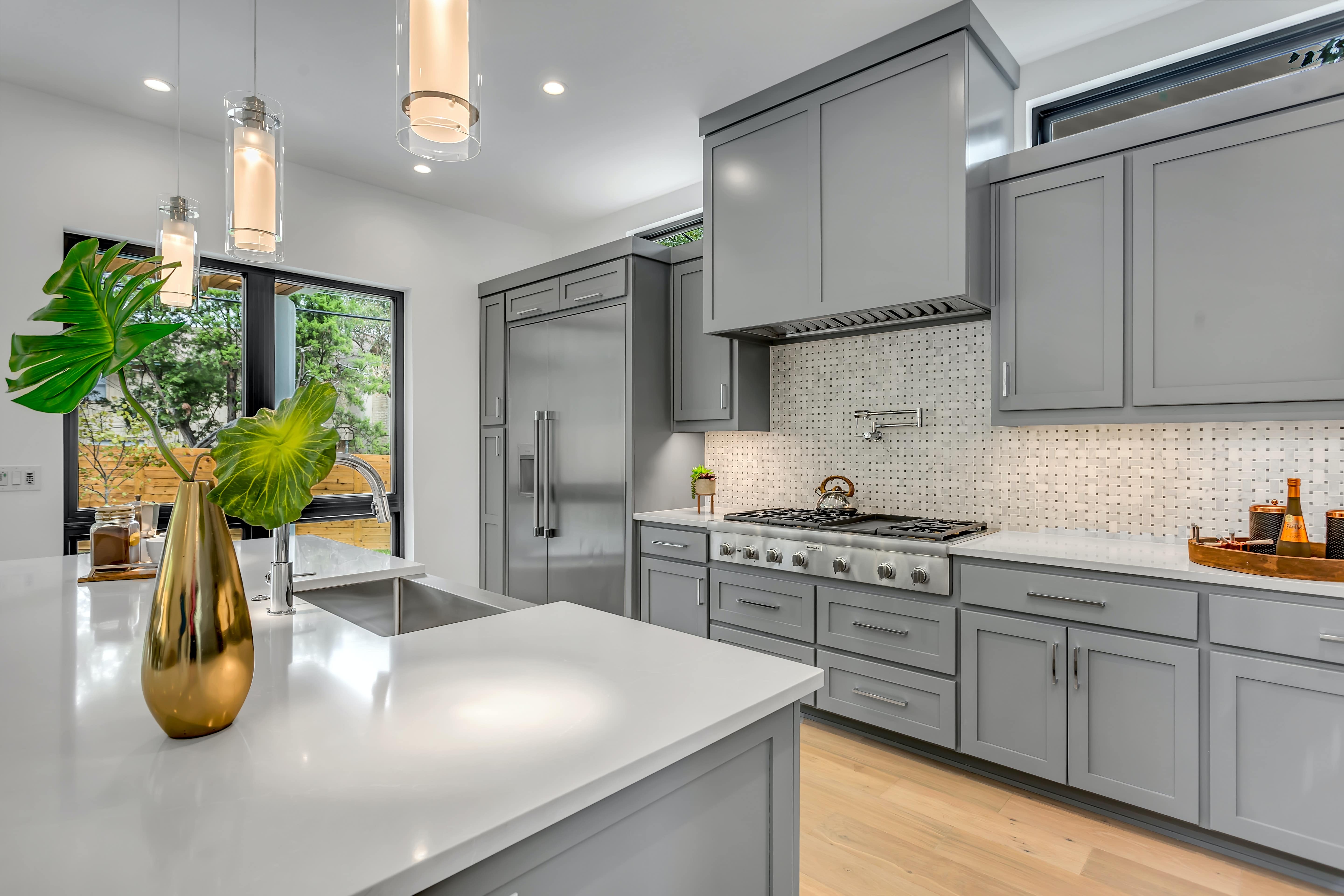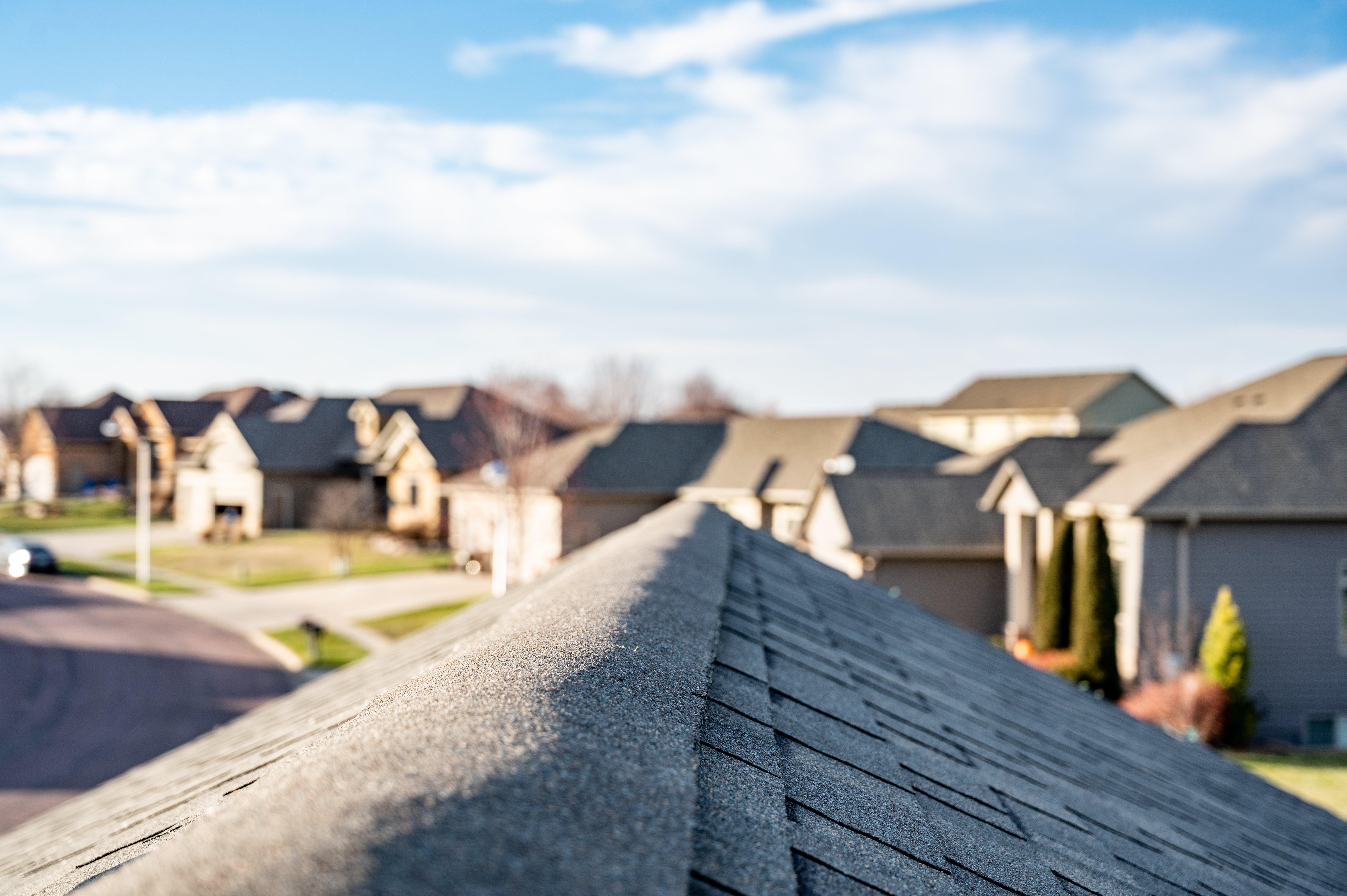Call today to schedule an inspection: (803) 261-4768
Home Inspection Blog Posts & Tips

Hiring a home inspector is an essential step in the home buying or selling process. Overlook this and you will find
yourself left with costly repairs and renovations that you might now have been aware of if you gotten the Home Inspection. Deciding to get the home inspection is just the beginning, you will also need to hire the right home inspector in Columbia and surrounding areas of South Carolina. In this article, we’re going to show you how to avoid having regrets from choosing the wrong home inspector.
Choose An Licensed And Professionally Certified Home Inspector In Columbia and Surrounding Areas In South Carolina
Your inspector should be licensed and certified and possibly associated with the InterNachi Home Inspector Association. You can ask around for referrals from your friends,family, and real estate professionals.
First and foremost your home inspector should be licensed and professionally certified.
When choosing a home inspector you should expect to receive a sample report.
A good home inspector should send you a sample report of what your home inspection will look like.
Development of Standards Over Time
Prior to the mid-1970s, inspection reports followed no standard guidelines and, for the most part, there was little or
no oversight or licensure. As might be imagined, without minimum standards to follow, the quality of inspection reports
varied widely, and the home inspection industry was viewed with some suspicion.
With the founding of the American Society of Home Inspectors (ASHI) in 1976, home inspection guidelines governing inspection report content became available in the form of a Standards of Practice. Over time, a second, larger trade association, the International Association of Certified Home Inspectors (InterNACHI), came into existence, and developed its own standards. InterNACHI has grown to dominate the inspection industry and, in addition to its Residential Standards of Practice, it has developed a comprehensive Standards of Practice for the Inspection of Commercial Properties.
Today, most types of inspections from mold to fire door inspections are performed in accordance with one of InterNACHI's Standards of Practice.
Generally speaking, reports should describe the major home systems, their crucial components, and their operability, especially the ones in which failure can result in dangerous or expensive-to-correct conditions. Defects should be adequately described, and the report should include recommendations. Reports should also disclaim portions of the
home not inspected. Since home inspections are visual inspections, the parts of the home hidden behind floor, wall and ceiling coverings should be disclaimed. Home inspectors are not experts in every system of the home, but are trained to recognize conditions that require a specialist inspection.
Home inspections are not technically exhaustive, so the inspector will not disassemble a furnace to examine the heat exchanger closely, for example. Standards of Practice are designed to identify both the requirements of a
home inspection and the limitations of an inspection.
Here’s What Shouldn’t Be In Your Home Inspection Report
In the early years of the home inspection industry, home inspection reports consisted of a simple checklist, or a one- or two-page narrative report. Checklist reports are just that; very little is actually written. The report is a series of boxes with short descriptions after them. Descriptions are often abbreviated, and might consist of only two or three words, such as “peeling paint.” The entire checklist might only be four or five pages long. Today, some inspection legal agreements are almost that long!
Because of the lack of detailed information, checklist reports leave a lot open to interpretation, so that buyers, sellers, agents, contractors, attorneys and judges may each interpret the information differently, depending on their motives.
In the inspection business, phrases that describe conditions found during an inspection are called "narratives." Narrative reports use reporting language that more completely describes each condition. Descriptions are not abbreviated. Both checklist and narrative reports are still in use today, although many jurisdictions are now beginning to ban checklist reports because the limited information they offer has resulted in legal problems. Many liability issues and problems with the inspection process are due to misunderstandings about what was to be included in the report, or about what the report says. To avoid regrets from choosing the wrong home inspector it’s important for consumers to have realistic expectation about what information will be follow these tips:
- Read the Standards of Practice;
- Read the Contract;
- view a sample Inspection Report; and
- talk with the inspector.
Avoid inspectors who perform their own repairs.This could be a conflict of interest and liability issues may ensue.
Conclusion
When hiring home inspectors in Columbia, South Carolina and surrounding areas, seek inspectors that have websites that include sample inspection reports for prospective clients to view. Take the time to look at them. Also often included is a page explaining the scope of the inspection. In conclusion, you can avoid choosing the wrong home inspector by having clarity on what to expect from your home inspection. Here are a few tips to keep in mind.
Read the Standards of Practice;
Read the Contract;
view a sample Inspection Report; and
talk with the inspector.
Avoid inspectors who perform their own repairs.This could be a conflict of interest and liability issues may ensue.
Are you in the market for a home inspection? Book your home inspection with S&J Home Inspection and get a same day home inspection and CL-100 letter.
Text...





